Almost seven months ago, we were celebrating the launch of our Citizen Mobility Labs: it was a big milestone, but we still did not know what would have come out of them. Over the summer, the Labs started working at full speed with own events, such as the Presentation Days (one per location: Budapest, Hamburg, Istanbul, Oxfordshire and Trikala), the Hack Days, the Quadruple Helix Stakeholder meetings, and online discussions through the YourPriorities platform. Several Labs went the extra mile organising festive events such as the Duma Part, bingo nights and co-creative nights. We highjacked external events with our games and our participatory approach.
On all these occasions, we had an objective: we wanted to devise possible solutions to the mobility challenges that the Citizen Mobility Communities had brought up to our attention. Initially, everybody contributed with new ideas. But how to implement them exactly? For example, if the challenge is congestion in the main square and the idea is moving motorised traffic to other parts of the city, several concepts can be thought of to implement the idea: moving the taxi station to a parallel street, moving the bus station to a larger area, limiting the access to the square for private cars to specific hours of the day, improving the infrastructure for alternative transportation means such as bikes, which have the potential to limit traffic jams to a minimum, and so on. Therefore, our focus shifted on concepts.
Many different ones came up during our events. even if we would like to test them all, the time and resources of the project are limited and we have to restrain ourselves to three. Once again, our Citizen Mobility Communities intervened in helping us select the best concepts. All concepts were discussed in terms of feasibility and expected impact and were then ranked accordingly. First, each location managed to define a top ten. These ten concepts were further discussed, commented upon and stakeholders from the industry, mobility providers, public authorities and citizens expressed their preference during a dedicated meeting. The list was halved.
Each of the Citizen Mobility Labs had further discussions with relevant stakeholders to decide on which had to be the three solutions chosen for piloting. So in seven months we passed from having no solution to having three applicable concepts. Curious to know which ones? Well…
Oxfordshire will organise face-to-face trainings to support the use of the app needed to book the on-demand transport service offered in Barton. They will also provide transport to new or eligible Concessionary Pass holders. Finally, they will partner with local supermarkets to make rides more attractive and more effective.
Budapest will set up a Mobility Point to encourage the use of sustainable transportation modes. They will also deploy real-time service tools providing information about mobility option around the Danube river. Finally, they will plan one or more open days on which the lower Danube embankment will be accessible to pedestrians only.
Trikala will install smart storage locker stations in central locations to facilitate mobility reducing the need for a car to transport personal items. Additionally, several streets around the central square will be pedestrianised and free wheelchair scooters will be available for free for people with mobility impairments.
Istanbul will improve mobility in Üsküdar by installing benches on steep uphill streets for elderly and people with reduced mobility to pause and regain energy. They will also organise a race on wheelchairs to raise awareness about the difficulty of mobility for people with impairments. Finally, they will increase security in parks and social areas by promoting social activities.
Last, but not least, Hamburg will reshape mobility in the Altona District by converting car parking spots into bike parking areas, installing micro depots in combination with cargo bike deliveries and enhancing parking controls to reduce illegal parking and increase accessibility.

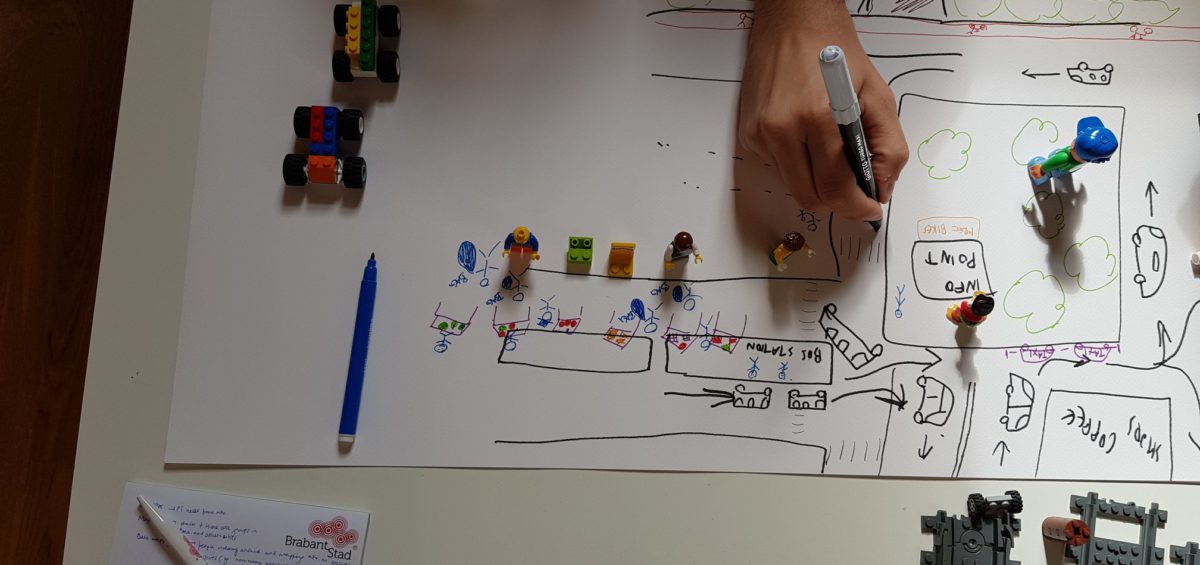


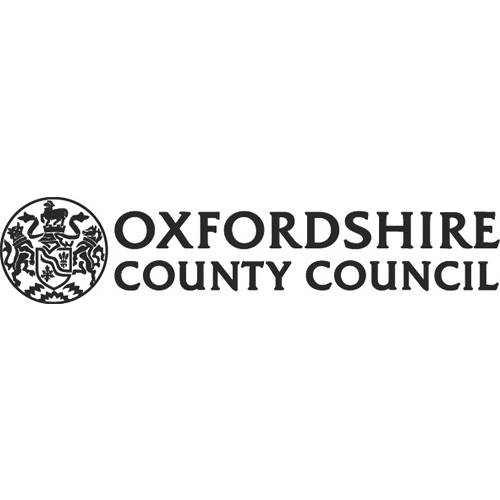

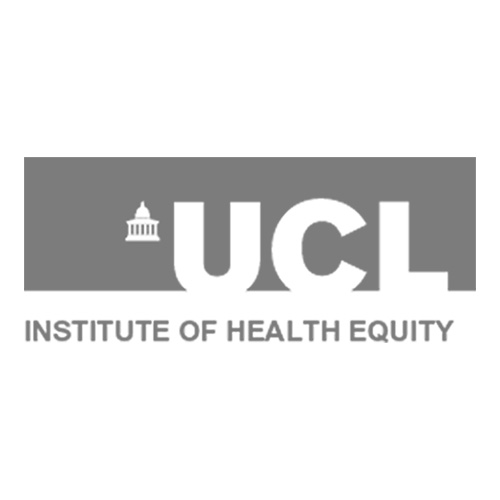
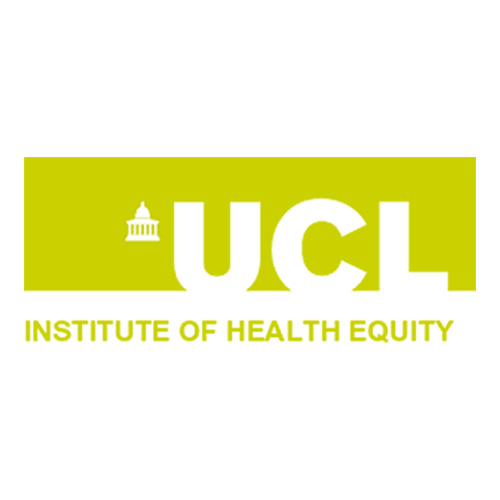
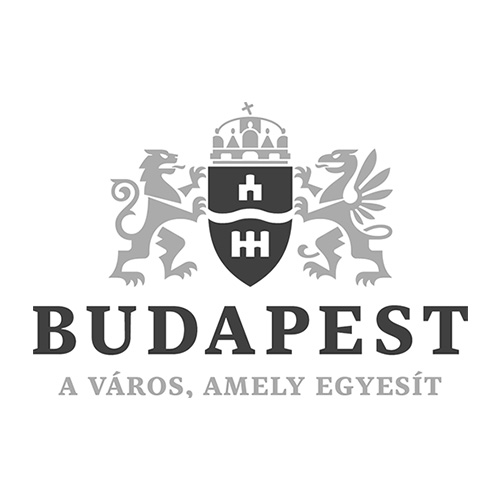
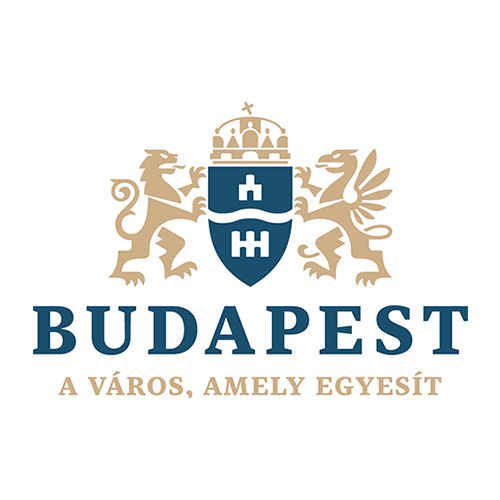
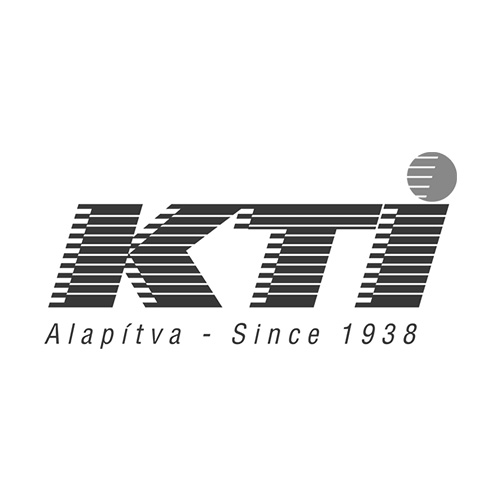
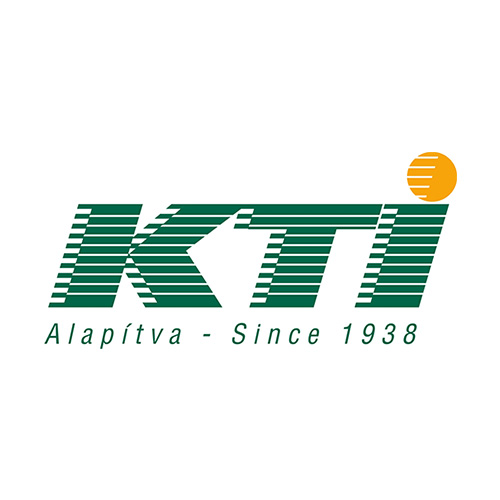
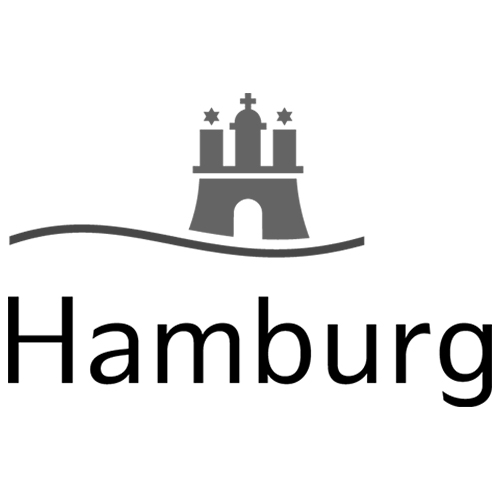
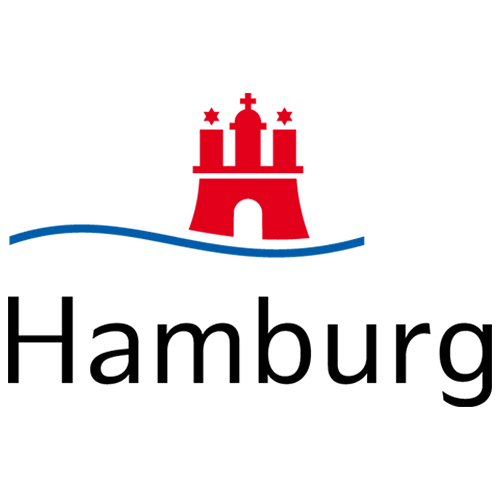
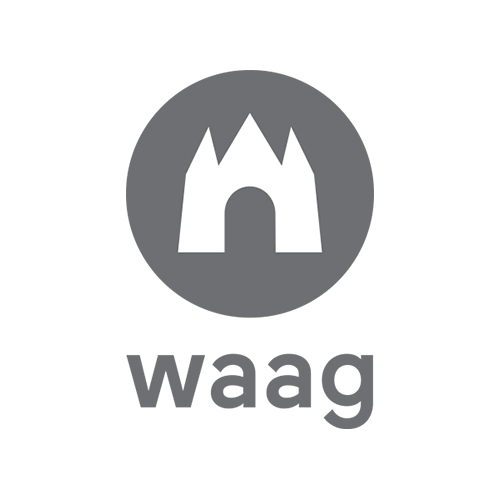

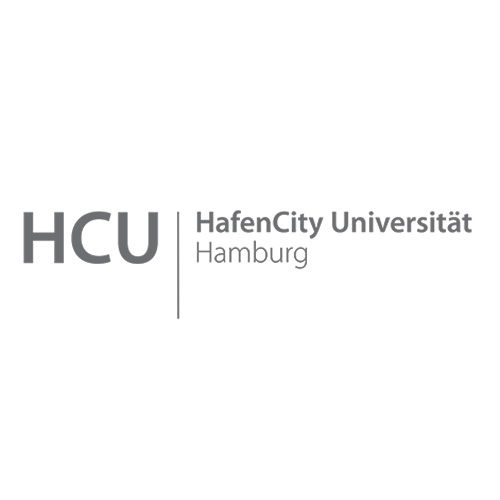
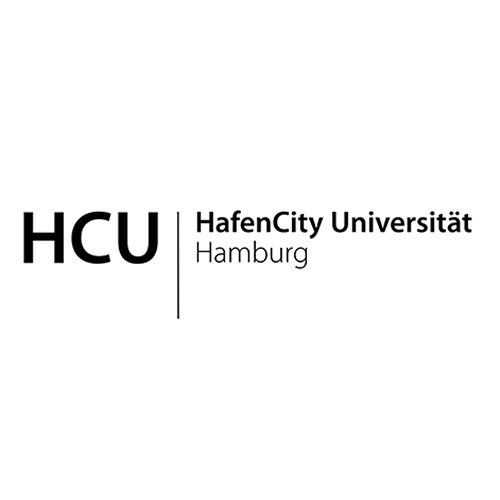
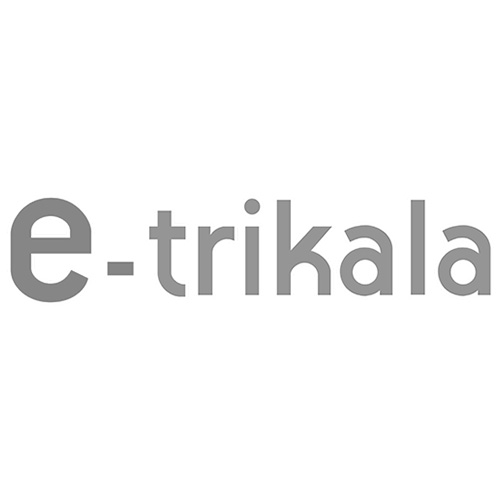
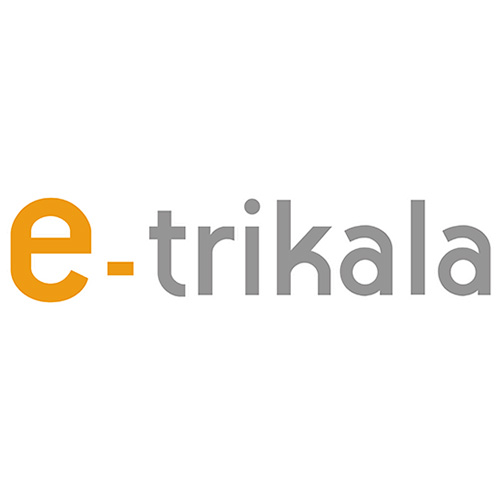


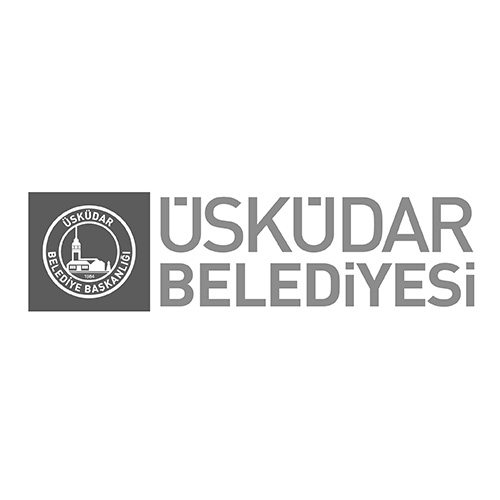


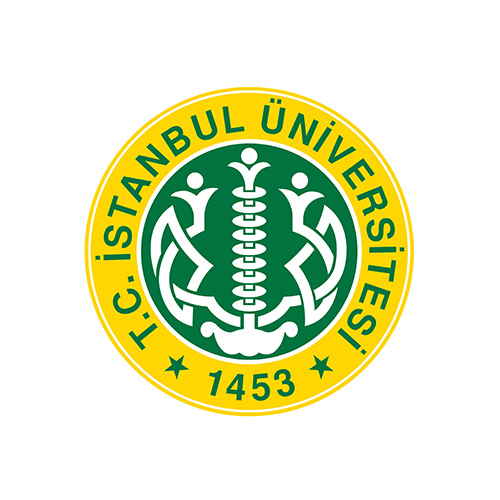


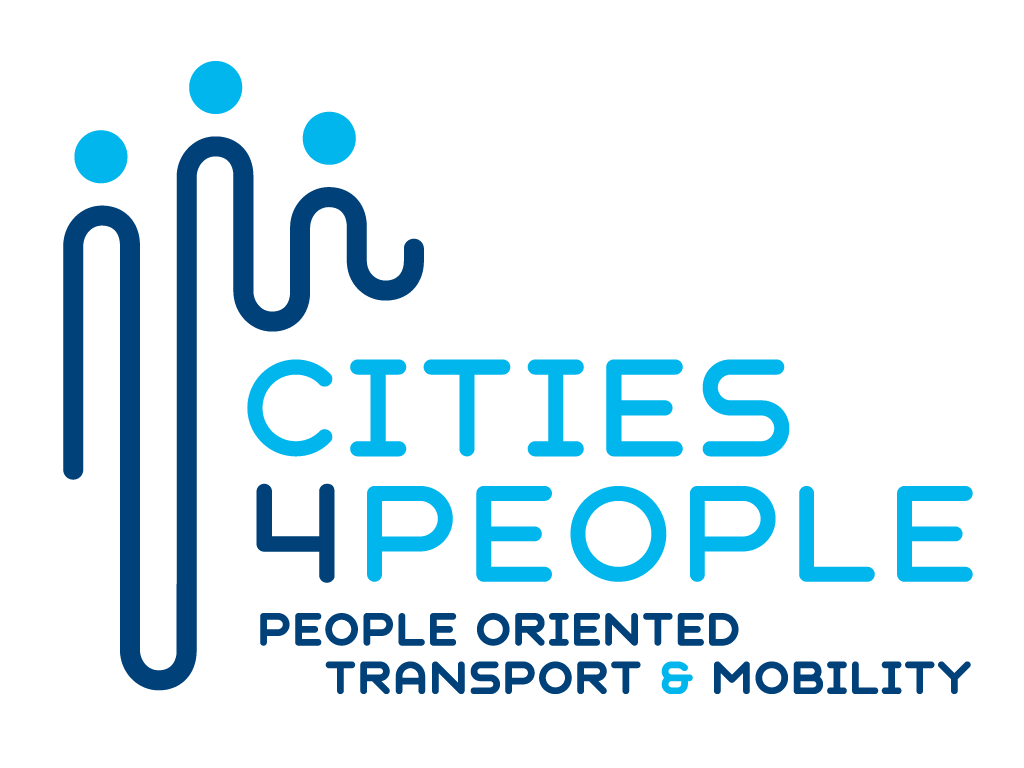
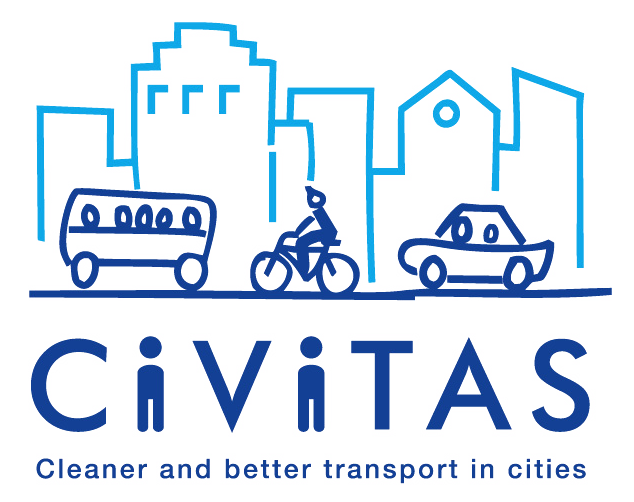


 English
English Magyar
Magyar Ελληνικά
Ελληνικά Turkish
Turkish